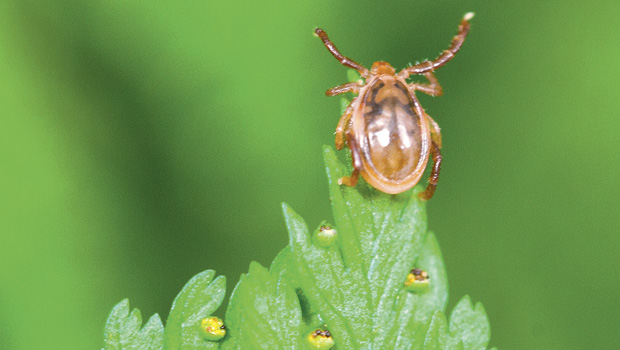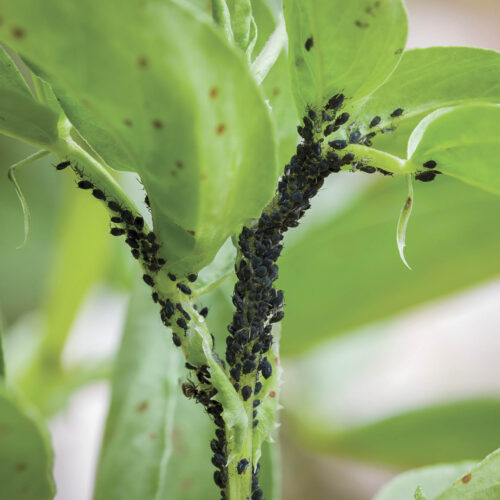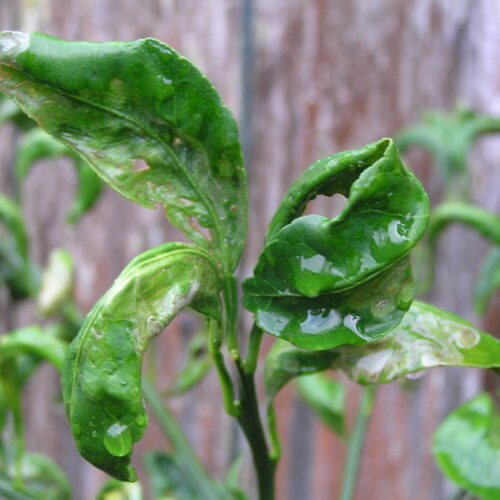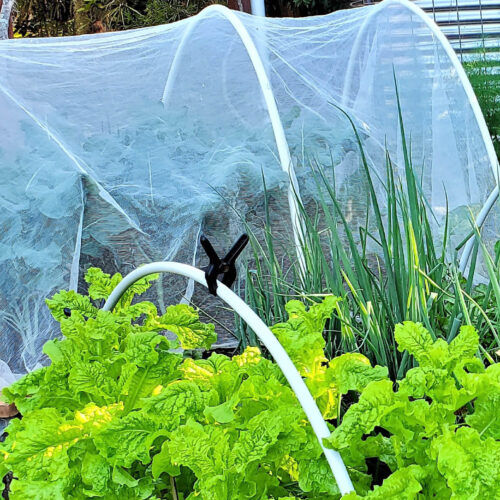Itchy and scratchy
2016-11-02T03:28:53+11:00
'Tis the season for mozzies and ticks. Try these helpful plants to take the sting out of their bite, writes PENNY WOODWARD.
Quite a few common plants have pest-repellent qualities that can be used to lessen the risk of being bitten or annoyed by insects. Some common herbs that repel flies and mosquitoes are basils, citronella, eucalyptus, fennel, lemon-scented myrtle, mints including pennyroyal, southernwood, tansy and wormwood. They can be grown in pots near doorways and around picnic areas.
In parts of Asia, oil extracted from holy basil (Ocimum tenuifolium) has been shown to have insecticidal effects and it is often rubbed onto the skin to repel mosquitoes. Aboriginal groups burnt native lemon grasses to repel mosquitoes, and citronella oil is often used in candles for its repellent qualities.
Pennyroyal (Mentha pulegium) is also a useful repellent if rubbed on the skin. Some herbal oils and creams, including citronella, eucalyptus and tea tree, may deter ticks. Oils of these applied directly to a tick are not recommended as they can irritate it. Creams made with pyrethrins work well to kill ticks as does bicarbonate of soda.
A simple oil recipe that can be rubbed onto the skin to repel insects involves crushing a couple of handfuls of fresh leaves of the herbs mentioned above, placing them into a glass jar and covering with a light, unscented oil such as olive or sunflower. Seal and place the jar in a sunny position for a few weeks, shaking from time to time. Strain and rub on exposed skin.
Putting an ice block on bites will slow down swelling and relieve pain. Rubbing the sap from inside the leaf of aloe vera is helpful, as is gently rubbing the petals of calendula or English lavender over the bite.
A recent report on the ABC’s ‘Catalyst’ program provided this advice on the latest and correct methods to kill and remove ticks:
“When killing a tick, Dr Andy Ratchford [the Director of Emergency Medicine at Mona Vale District Hospital, Sydney] now recommends you apply up to five squirts of the freezing agent to make sure the tick is killed.
Dr Jonica Newby: So are you saying that tick anaphylaxis could be prevented altogether if we just remove ticks the right way?
Dr Andrew Ratchford: Yeah, if you squeeze the tick, that causes the allergen to enter the bloodstream, which causes the anaphylactic reaction. If you remove the tick correctly without squeezing it then you don’t have those problems.
NARRATION: Unfortunately most of us instinctively do the wrong thing. So you have a tick. How should you remove it?
Dr Jonica Newby: Here’s my tick. Now this is what most of us will do – we’ll either scratch it off or reach for the household tweezers. Now this is precisely the worst thing you can do. As you remove the tick, you squeeze it and all its contents go straight into your bloodstream.
Assoc Professor Sheryl van Nunen: What they need to know is household tweezers are tick squeezers.
Dr Jonica Newby: So what should you do? Well, you should go to the chemist and buy a spray containing ether. So something like Wart Off, or Medi Freeze Skin Tag Remover. Place the nozzle conveniently over the tick and spray. Feels cold – freeze the tick, and wait about ten minutes for the tick to die. Once it’s dead, you can just brush it off.
Assoc Professor Sheryl van Nunen: ‘Freeze it, don’t squeeze it’, would be our advice.
NARRATION: So that will kill the adults. But what about the tiny ticks? The little larvae or nymphs? Now these are my little larval ticks and for these I’m gonna use a cream containing permethrin. Now this is basically the same kind of cream as you get for scabies. Just rub that in. The ticks will all die and soon you’ll be able to just rub them off.”






